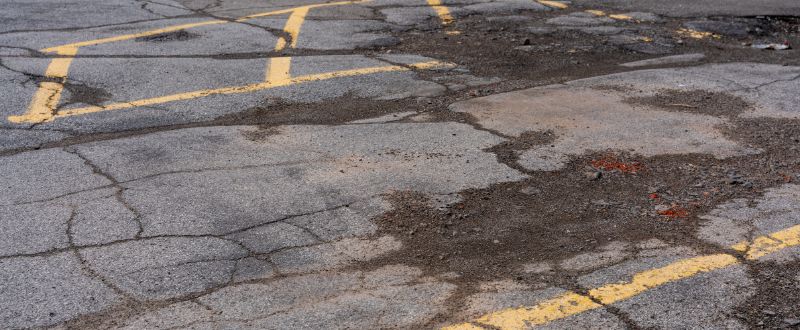Soil movement beneath homes, businesses, and infrastructure can cause foundations to shift. Changes in moisture content, soil compaction, or erosion can lead to serious structural damage, such as cracks in walls, uneven floors, and in severe cases, the loss of structural integrity. Addressing these issues promptly is crucial for a property’s safety. Discover the changes in foundation repair technology that make stabilization services more effective.
Ground Penetrating Radar (GPR)
GPR technology allows foundation repair professionals to inspect subsurface conditions without the need for disruptive digging. This non-invasive scanning method creates a detailed subsurface map, identifying underlying issues such as voids or unstable soil that could compromise a foundation’s stability. GPR’s accuracy enhances diagnostic precision and helps contractors tailor solutions to address detected problems.
Ground penetrating radar also provides insight into soil density, which influences the load-bearing capacity of the soil. GPR can alert workers to potential obstructions that may interfere with the repair process and compromise the structure’s stability. These obstructions could include underground utilities, tree roots, rocks, or old construction debris and need careful handling during the repair process.
URETEK Deep Injection (UDI) Method
URETEK, a commercial foundation repair company, uses its patented polyurethane foam to stabilize and lift foundations by injecting up to 15FT below grade. The URETEK Deep Injection method (UDI) produces fast, long-lasting results and causes minimal disruption to the property by targeting problem soils at depth. UDI is a streamlined solution that circumvents costly and time-consuming excavation, such as tunneling or digging.
URETEK’s Patented Polyurethane Foam
URETEK’s polyurethane foam has a high-density formulation that withstands significant loads, making it reliable for restoring everything, from infrastructure—such as roads and bridges—to residential foundations. Its resilience against settling and degradation means it remains effective years after application.
Unlike other materials that may swell, shrink, or deteriorate upon contact with moisture, URETEK’s polyurethane foam is hydro-insensitive. This trait prevents water from affecting the foam’s performance, making it ideal in varying soil moisture conditions.
Finally, URETEK’s polyurethane foam is environmentally inert. It neither reacts chemically with its surroundings nor releases harmful substances into the soil or groundwater.
Hydraulic System With Smart Sensors
Another significant leap in foundation repair technology is the combination of hydraulic lifting with intelligent monitoring systems. This method involves using hydraulic jacks to lift and stabilize foundations that have shifted or settled. Smart monitoring devices provide real-time data on the pressure and movement during the lifting process, improving lifting precision.
The use of intelligent monitoring systems offers a level of control and accuracy previously unattainable. Technicians can adjust their processes in real time based on direct feedback from the sensors, optimizing the lift and minimizing the risk of uneven settling. Post-repair, the smart sensors can remain in place to continuously monitor the foundation’s condition.
Ground penetrating radar, URETEK’s Deep Injection method, and the integration of smart hydraulic systems enhance foundation repair for residential and commercial properties. These innovations minimize disruptions and provide a sustainable approach to maintaining structural integrity.

